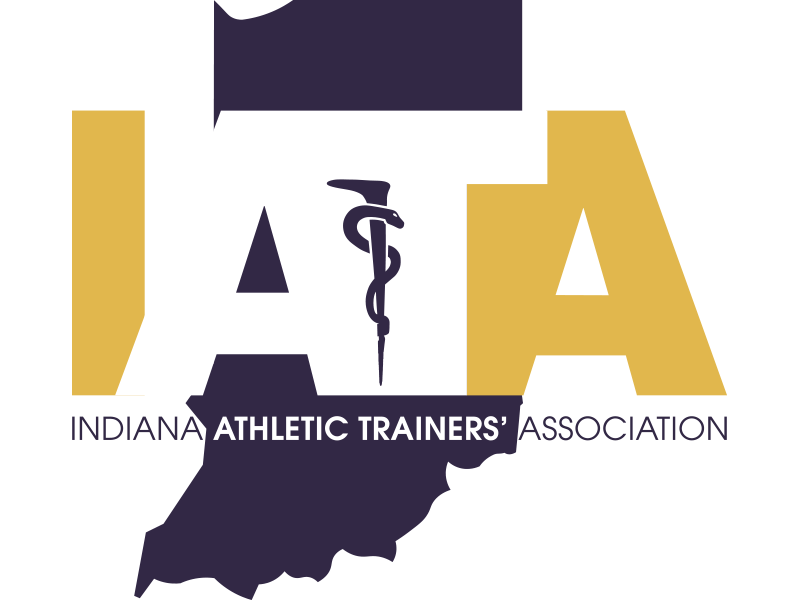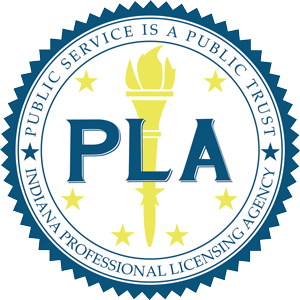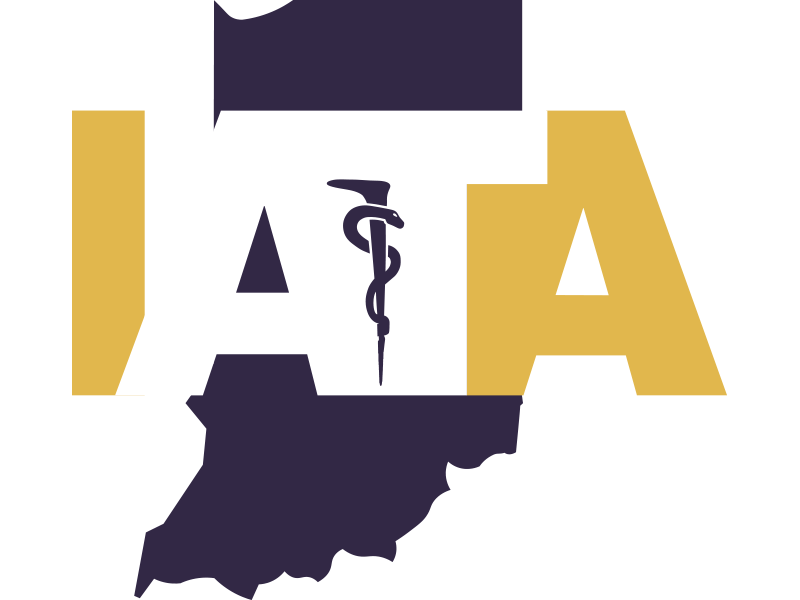 | Indiana athletic trainers' association |
Public Resources
How to Improve Safety | Resource Pages
|
EMERGENCY ACTION PLANS“Preparation for response to emergencies includes education and training, maintenance of emergency equipment and supplies, appropriate use of personnel, and the formation and implementation of an emergency plan. The emergency plan should be thought of as a blueprint for handling emergencies. A sound emergency plan is easily understood and establishes accountability for the management of emergencies. Furthermore, failure to have an emergency plan can be considered negligence.” NATA Position Statement: Emergency Planning in Athletics CREATE AN EMERGENCY ACTION PLAN CONCUSSIONS“A concussion is a type of traumatic brain injury—or TBI—caused by a bump, blow, or jolt to the head or by a hit to the body that causes the head and brain to move rapidly back and forth. This sudden movement can cause the brain to bounce around or twist in the skull, stretching and damaging the brain cells and creating chemical changes in the brain. Medical providers may describe a concussion as a “mild” brain injury because concussions are usually not life-threatening. Even so, the effects of a concussion can be serious.” - Centers for Disease Control For more information on Concussions, click one of the links below: CDC Concussion Website | Concussion 101 - NATA SUDDEN CARDIAC ARREST“Sudden cardiac arrest occurs suddenly and often without warning. It is triggered by an electrical malfunction in the heart that causes an irregular heartbeat (arrhythmia). With its pumping action disrupted, the heart cannot pump blood to the brain, lungs and otherorgans. Seconds later, a person loses consciousness and has no pulse. Death occurs within minutes if the victim does not receive treatment.” - American Heart Association “Though many athletes with heart conditions can live a normal life and not experience health-related problems, sudden fatality from a heart condition is the leading medical cause of death in NCAA athletes, responsible for 75 percent of all sudden deaths that occur during exercise, training or competition.” - National Collegiate Athletics Association For more information on Sudden Cardiac Arrest, click one of the links below: National Collegiate Athletics Association Automated External Defibrillators (AEDs) - Korey Stringer Institute Sudden Cardiac Arrest - Infographic - NATA HEAT RELATED ILLNESS“Heat illnesses are a spectrum of illnesses that occur due to heat exposure. This heat exposure can come from either environmental heat (air temperature) or simply intense exercise. These conditions can range from minor heat cramps to life-threatening heat stroke. As with all emergency conditions, there are steps that you can take to prevent heat illnesses, such as proper hydration, heat acclimatization or body cooling.” - Korey Stringer Institute “According to the CDC, heat illness during practice or competition is the leading cause of death among U.S. high school athletes.” - National Athletic Trainers’ Association For more information on Heat Related Illness, click one of the links below: | LIGHTNING“According to the CDC, lightning strikes Earth more than 8 million times per day. NOAA reports that from 2004-2013, 33 people were killed and 234 injured due to lightning, and on average, lightning strikes are fatal to about 10% of people who are struck, while the remain 90% survive but with long-term, often debilitating symptoms.” - National Athletic Trainers’ Association ““If thunder roars – GO INDOORS!” Everyone should be in safe zones BEFORE lightning reaches the playing field.” - Korey Stringer Institute For more information on Lighting Safety, click the links below: Lightning Do’s and Don’ts - NATA SICKLE CELL“In 2002, the NATA Task Force for Sickle Cell Trait Awareness determined that over the past four decades, exertional sickling has killed at least 15 football players. In the past seven years prior to publishing, it was reported that exertional sickling was the cause of nine student athlete deaths. Of the 136 total sudden, non-traumatic sports deaths in high school and collegiate sports over a decade, 5% were from exertional sickling.” - National Athletic Trainers’ Association For more information on Sickle Cell, click one of the links below: Sickle Cell Trait Fact Sheet for Student Athletes - NCAA Sickle Cell Trait Fact Sheet for Coaches - NCAA ASTHMA“Asthma is a chronic disease involving the airways in the lungs. For many asthma sufferers, timing of these symptoms is closely related to physical activity. And, some otherwise healthy people can develop asthma symptoms only when exercising. - American Academy of Allergy, Asthma and Immunology For more information on Asthma, click one of the links below: Asthma Fast Facts for Kids - CDC |
AT YOUR OWN RISK
Learn More about Athletic Trainers from At Your Own Risk


